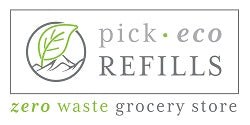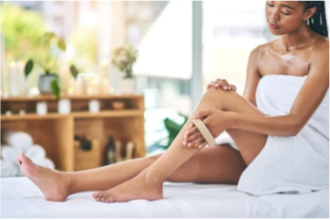Dry Brushing
Dry brushing is a practice that involves using a brush with stiff bristles to massage and exfoliate the skin in a specific pattern. This technique has been around for centuries and has gained popularity in recent years as part of natural wellness and skincare routines.
The technique involves using a dry brush to gently brush the skin in a circular motion, starting from the feet and working upward towards the heart. The brush should be used on dry skin before showering or bathing, and the entire process should take about 5-10 minutes.
The ideal dry brush – as recommended by experts - is a natural bristle brush, made from plant sources like jute, sisal, or cactus fibres. The handle of the brush should be long enough for you to brush hard to reach places, targeting your entire body.
So, what are the benefits of dry brushing?
Exfoliation
Dry brushing can help to remove dead skin cells, unclog pores, and promote skin cell renewal. This can leave the skin feeling softer and smoother, without the use of a harsh chemical or micro-bead exfoliants that require replenishing.
Lymphatic System Support
The lymphatic system is responsible for removing waste and toxins from the body. Dry brushing can help to stimulate lymphatic drainage and promote the flow of lymphatic fluid, which can improve overall immune function. Regular lymphatic drainage can also help with reducing inflammation and bloating around the body and face, to have you looking and feeling you best.
Circulation
The act of brushing the skin can increase blood flow and circulation, which can help to reduce the appearance of cellulite, scars, hyperpigmentation, and even keratosis pilaris, all while promoting a healthy glow.
Stress Relief
Dry brushing can be a relaxing and meditative practice that can help to reduce stress and promote feelings of calm. By taking just 5-10 minutes before a shower or bath, you can dry brush your stresses away!
It's important to note that while dry brushing has many potential benefits, it may not be suitable for everyone. Those with sensitive skin, eczema, or other skin conditions should consult with a healthcare provider before trying this technique. Additionally, it's important to use a high-quality brush with soft, natural bristles to avoid damaging the skin, and to brush softly, without scraping or cutting the skin. Dry brushing should only be done on the face using a brush intended for smaller, sensitive areas.
Overall, dry brushing can be a simple and effective way to support overall skin health and wellness. If you're interested in trying this technique, consider incorporating it into your regular self-care routine and monitoring how your skin responds.
By: Priyanka Bangalore







